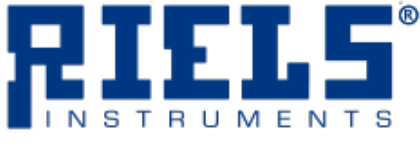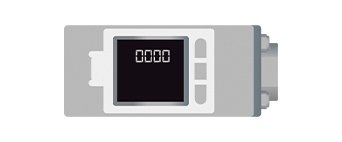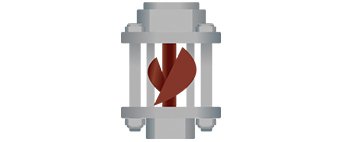Flow switches - Discover the Catalog
The industrial line includes instruments for the measurement and control of fluids, liquids or gaseous, to be used in the pipelines of the plants or on the machines.
The various types of flow indicators are divided into:
Flow switches, Electronic flow switches, Digital flow switches, Atex flow switches, Flow meters, Visual flow indicators.
Electronic flow switches are two-state devices (open or closed of a switch) used to detect a specific flow rate value of a fluid.
Unlike the flow meter, the flow switch is unable to perform any measurement. The device actually has an activation threshold value, normally spaced from the deactivation value by a suitable hysteresis, designed to limit the unwanted effects of switching around the threshold value. In order to carry out instantaneous flow measurements, a digital flow switch is used.
The Electronic Flow Switch: Types and Applications
The electronic flow switch finds application in control systems, where at the design level it is useful or necessary to obtain a change of state for a specific flow value, for example, in heating systems where the temperature sensors are not positioned near the element warming. It prevents damage caused by an unexpected lack of traffic. The most common flow switch models are electro-mechanical, where the mechanical element immersed in the fluid activates a real switch using a lever mechanism.
In these models the intervention threshold can be modified by varying the length of the lever arm (paddle) or of the contrast spring.
Depending on the applications, the Atex flow switch suitable for places with danger of explosion can also be supplied.
Flow meters are instantaneous flow meters suitable for measuring low, medium and high flow rates of any type of fluid in the pipeline, even corrosive or acidic, with pressure and temperature conditions contained within the resistance limits of the glass tube.
In the flow meters, the measurement of the flow rate can be read with excellent precision on the graduated scale shown directly on the measuring tube. On request, reading scales referring to the specific fluid of the customer can be made.
The connections can be threaded or flanged and the construction materials in carbon steel, AISI 316L, PVDF, PP (on request Hastelloy C, Monel, Titanium).
Depending on the required executions, accessories are foreseen such as plexiglas or polycarbonate measuring tube protection, guided float, minimum and maximum flow rate alarm signal (Namur inductive type, CENELEC approved, EEx ib IIC T6 intrinsic safety), Reed alarm.
The range of flow meters includes metal tube flow meters, used more universally than glass tubes, they can measure opaque and chemically aggressive fluids, at high temperatures and high operating pressures.
These flow meters are equipped with a microprocessor for the electrical transmission of the signal to which the Hart protocol is superimposed and have an LCD display for visualizing the instantaneous, totalized and percentage flow.
Also available for low pressures and in the presence of water hammers and in ATEX, EEx ia intrinsic safety and EEx d explosion proof certified versions for applications in potentially explosive areas.
Riels® Instruments, an established company in the field of precision measurements, offers in its catalog flow meters, flow indicators or flow viewers particularly suitable for fluids, both liquid and gaseous, even for harsh operating conditions.
These instruments find many applications in the chemical, petrochemical, pharmaceutical and food industries.
Among the products with the greatest demand, the Flow switches, Flow meters and flow meters stand out, indispensable tools for checking the passage and flow of liquids.
Visual flow indicators are instruments suitable for instantaneous control of liquids in all industrial processes.
Made with instantaneous indication of the flow rate for horizontal pipes both with a mobile tile, whose scale can be read in transparency on a double graduated disc in tempered glass, and with a hand with magnetic transmission, whose scale can be read on an external dial. Flow viewers can only be built for a view of the fluid, even with free passage.
Other prerogatives in addition to those already mentioned are: executions in different types of material according to the fluid to be controlled; execution with threaded or flanged connections.
Riels® Instruments has been operating for more than forty years as a top level player in the market of flow measurement and process regulation.
Riels® Instruments flow meters and flow viewers, as well as the entire wide range of instrumentation in the catalogue, are systems of great quality and reliability that offer high-level performance. Riels® Instruments visual flow indicators, flow indicators and flow meters are built with different materials such as nickel-plated brass, stainless steel and PVC and are suitable for many fluids, including aggressive ones.
It is thanks to the close relationship of trust that Riels® Instruments has been able to create with its customers, who today are able to select the best instrumentation for flow measurement and flow control, with a catalog including important elements such as digital flow switches.
Contact us now, and discover the right product for your application!







